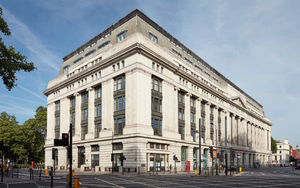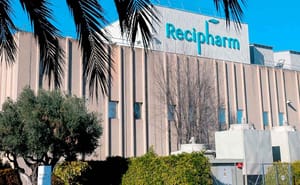Across Europe, the adaptive reuse of historic buildings can help meet the demand for specialised life sciences facilities. By transforming outdated industrial sites and heritage landmarks into specialised life sciences buildings, developers are preserving cultural legacies while meeting modern technical requirements. This approach minimises the environmental impact associated with new construction and revitalises urban landscapes with a unique blend of heritage appeal and innovation.
In this article, we explore five inspiring projects that embody this trend. These include a remarkable conversion of a flour mill in Barcelona, a visionary initiative in Berlin, the sensitive conversion of an Edwardian office building in London, the regeneration of a mid-century warehouse in Leeds, and a striking retrofit of a Victorian waterworks in Hampton, UK. Together, these projects illustrate how creative design and careful restoration can ensure that historical structures continue to support contemporary research and development in the life sciences sector.
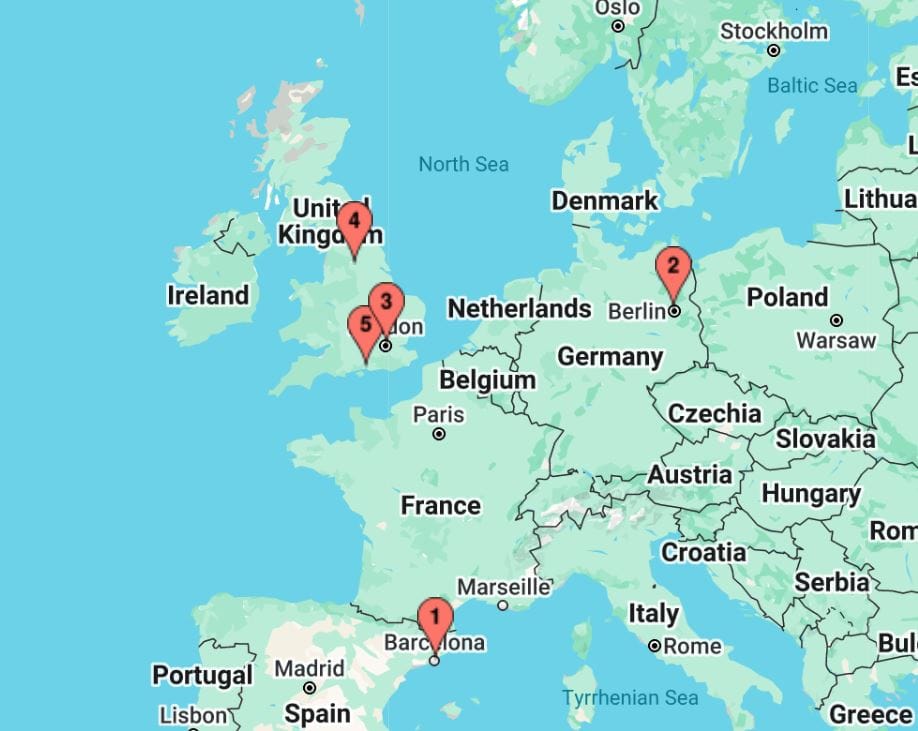
Conversion of a flour mill in Barcelona
A historic industrial building at Carrer Roc Boronat 31 in Barcelona's Poblenou district now houses Cosymbio, the first co-working space with laboratories (Colab) for biotech startups in Barcelona. Originally part of the La Asunción flour mill complex built in 1900, the building retains distinctive architectural features, including exposed brick façades with decorative framing, ornate pediments, and notable window grilles. The neighbouring two buildings (between No. 33 and 41), which were also part of the original mill, have been occupied by various businesses, including a live music venue and a design studio. The mill's name remains visible today on the original glazed ceramic signage.
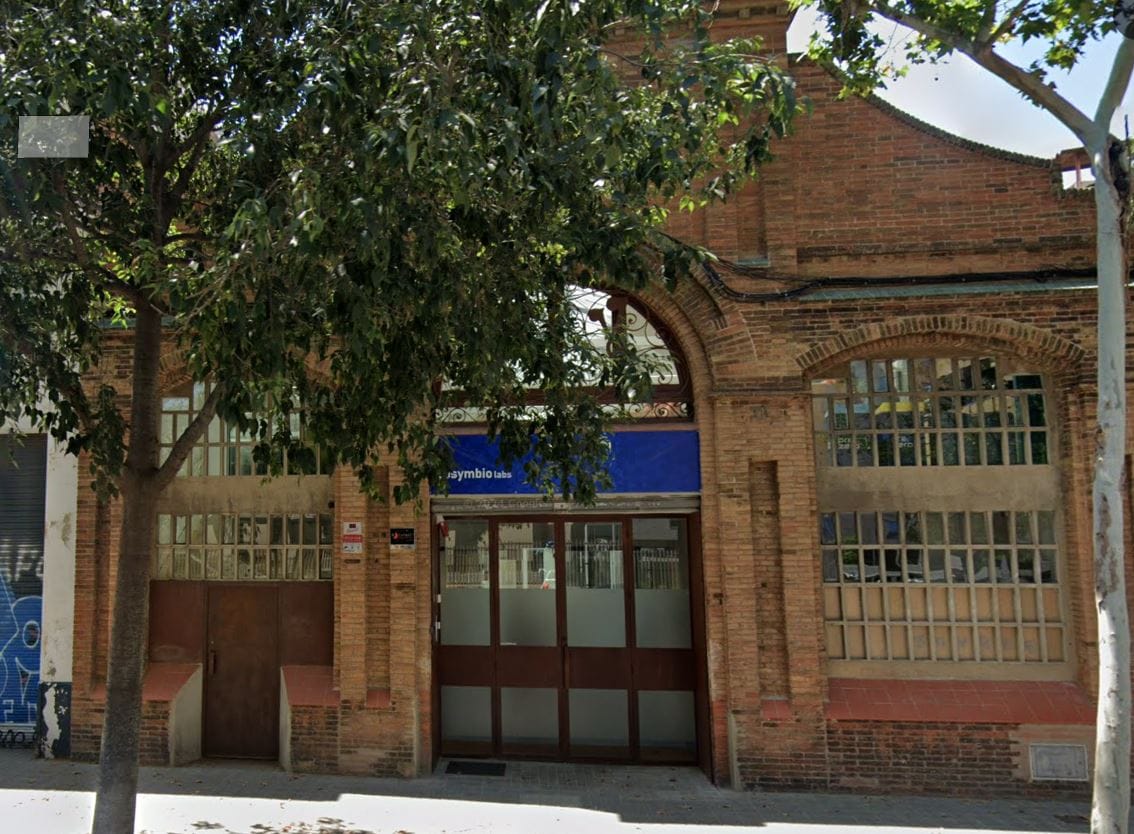
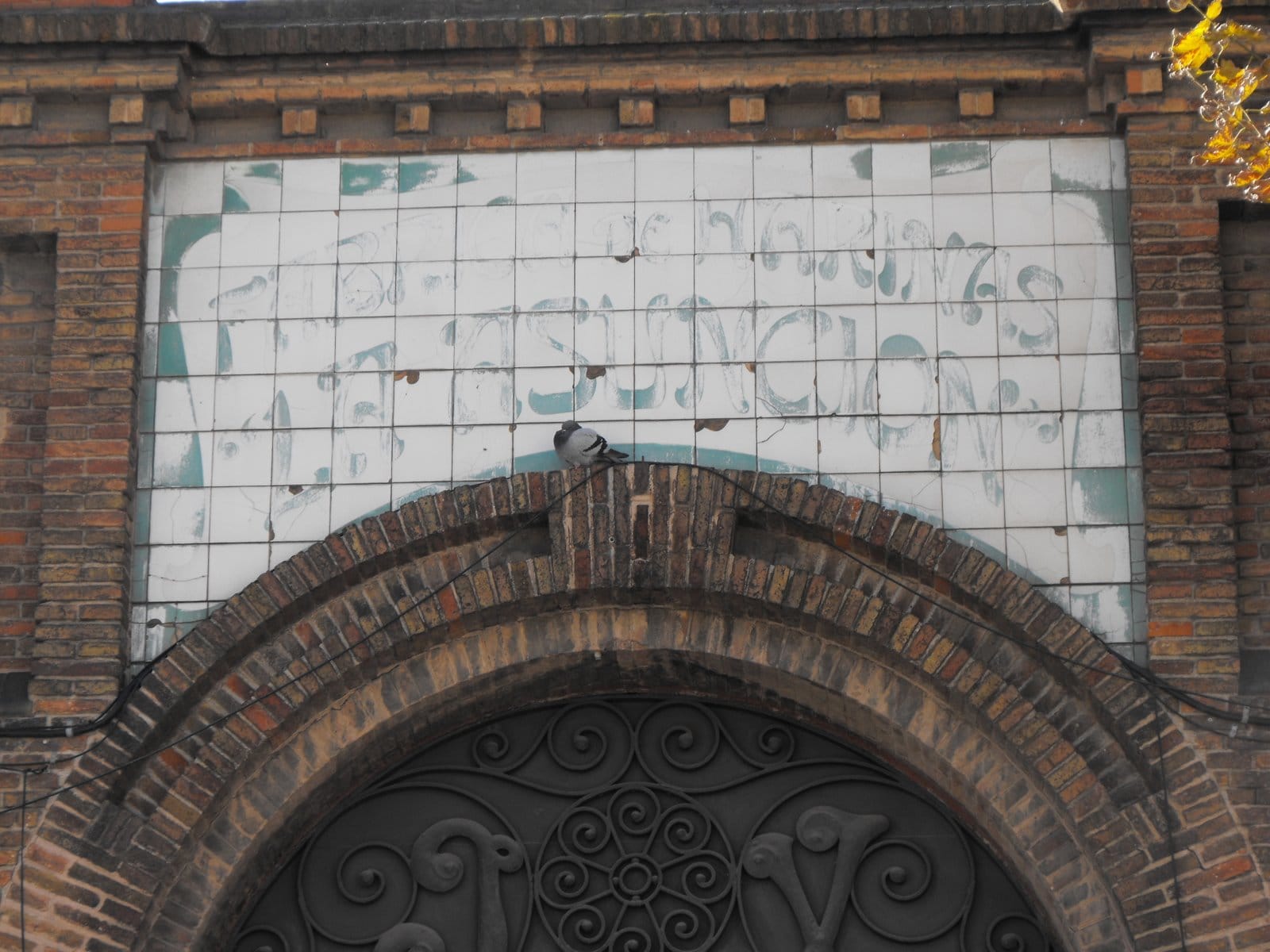
Conversion of a manufacturing plant in Berlin
In Berlin, a transformative project is currently in the planning stage and seeks to redefine a significant piece of the city’s architectural and industrial heritage. Feldberg Capital has recently been granted a mandate for the investment and asset management of the Osram-Höfe business campus, a listed ensemble of buildings in the Mitte district. This site is steeped in history; it was here that the first light bulbs in Germany were produced in 1904, marking a significant milestone in the evolution of industrial technology. The buildings were constructed in several phases (1904–1910, 1912–1914 and 1936–1937).
The 65,000 sq m asset is set to be reimagined as a comprehensive life sciences ecosystem.

The campus is situated in a district that also hosts the main campus of the Charité, the Robert Koch Institute, the Berlin University of Technology, and Bayer Pharma. The project is strategically placed within a vibrant knowledge and innovation network.
Conversion of an Edwardian office in London
105 Judd Street used to look like this:
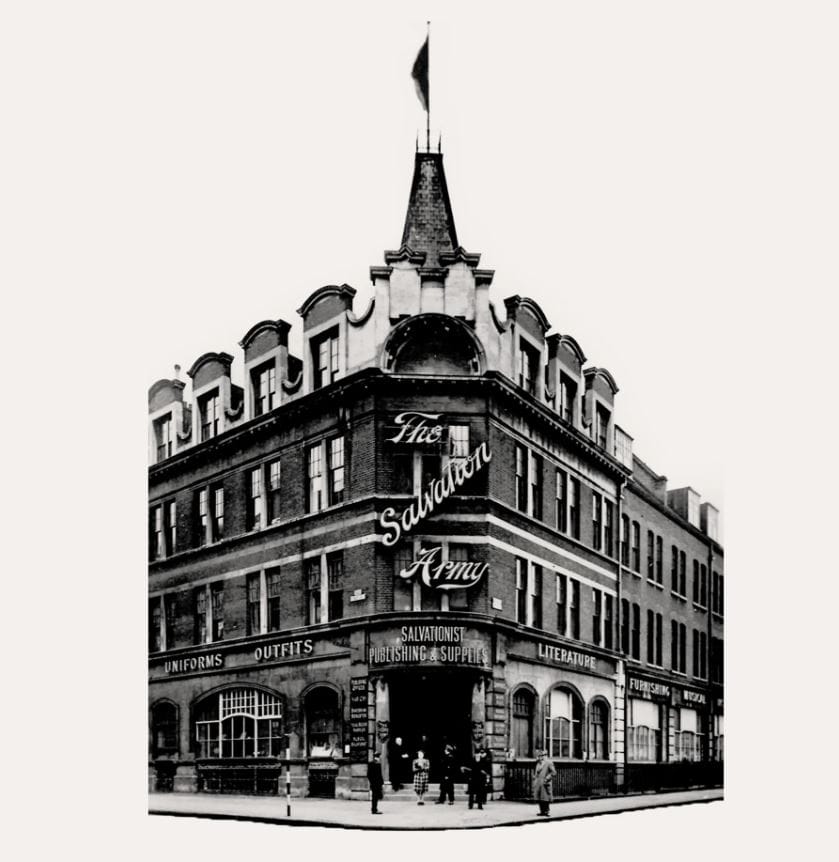
The primary objective behind the refurbishment and extension of 105 Judd Street in London is to transform the existing Edwardian office building into a versatile, lab-enabled workspace. Reinforcing rather than replacing foundations and much of the existing structure allows for an additional two storeys. The two-storey extension increased the available net floor area from 55,000 to 70,000 sq ft. 75 per cent of the existing fabric was retained and restored, while comfort and energy performance were brought up to contemporary standards.
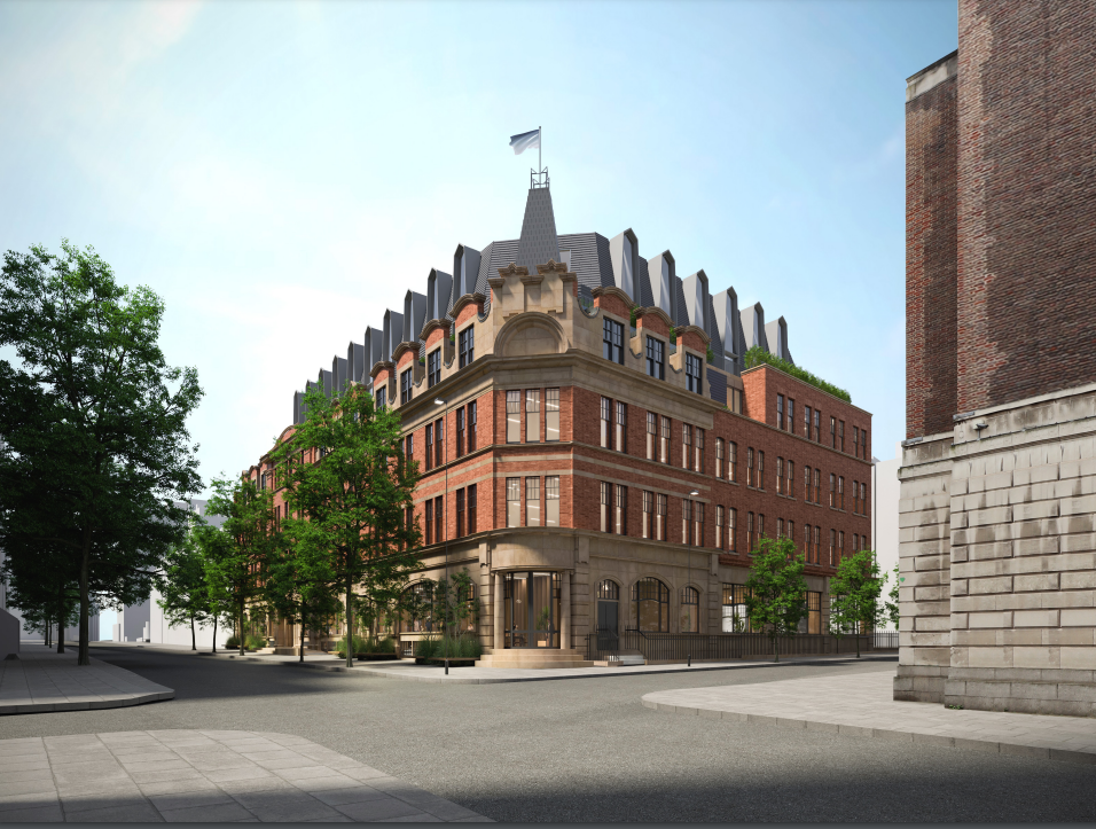
Regeneration of a mid-century warehouse in Leeds
In Leeds, the Drapers Yard project exemplifies how mid-20th-century industrial heritage can be reborn as a vibrant life sciences facility. Originally a warehouse dating from the 1950s, the building’s distinctive character, highlighted by its exposed brickwork, has been preserved even as it has been retrofitted to support modern clinical trial activities.
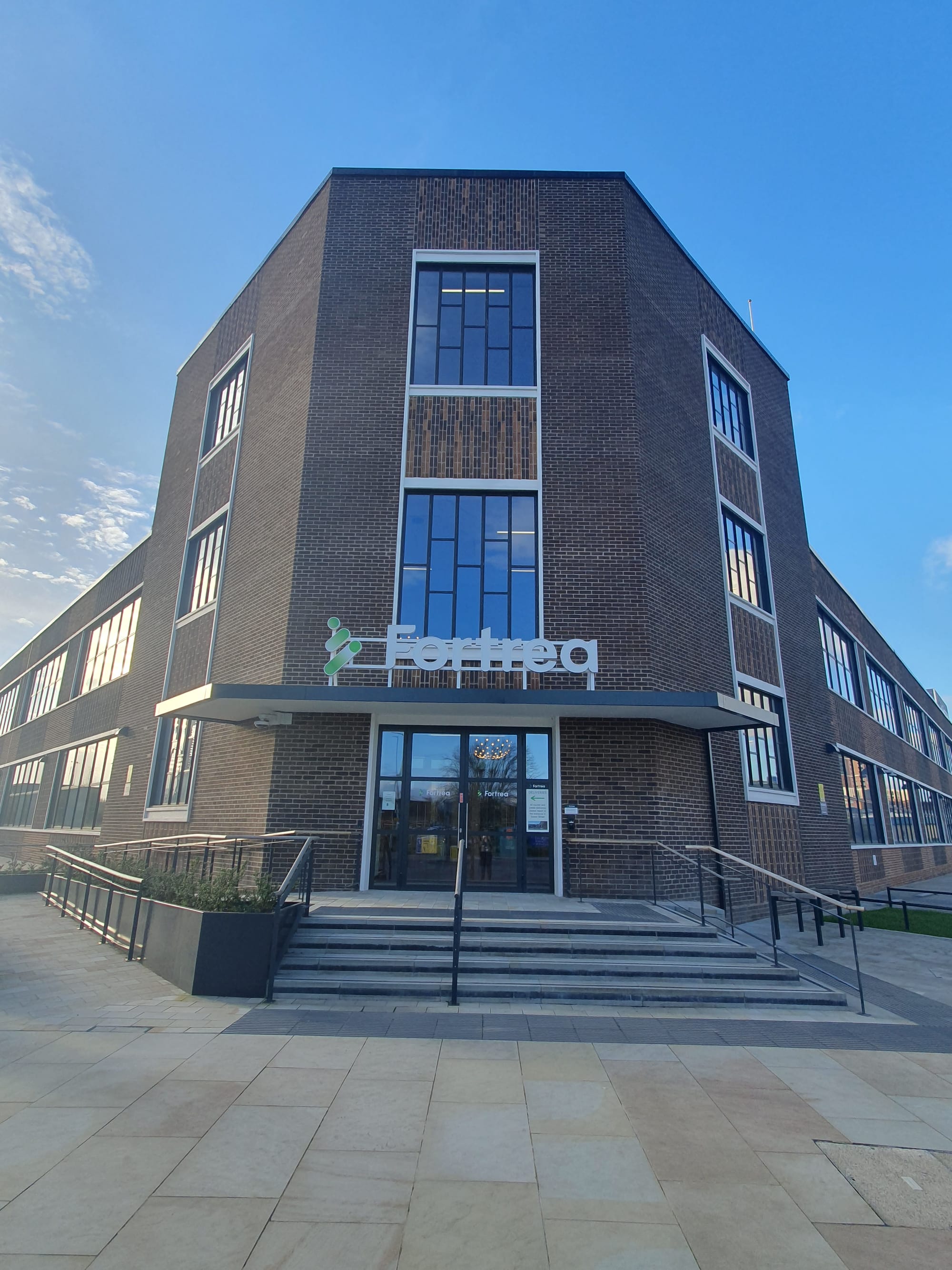
This successful adaptive reuse project is a reminder that utilising existing building stock can provide environmentally friendly, cost-effective solutions while celebrating the cultural and architectural history that defines a city.
Retrofit of a Victorian waterworks in Hampton
A striking example of adaptive reuse is the transformation of a Grade II-listed Victorian waterworks near Hampton Court into a pioneering biotech hub by Chapman Architects. Originally built in 1852 to serve as a vital water supply facility, the waterworks has been reborn as the Morelands Riverdale buildings for Touchlight Genetics, a company specialising in the manufacture of artificial DNA for advanced therapies, including DNA and mRNA vaccines.

The extensive restoration began on-site in 2016 and involved the careful preservation of the building’s historical features, such as its slate-covered roofs and innovative iron and steel trusses, which lend a distinctive character to the interiors. Over a period of four years, the retrofit evolved to include mezzanine floors above laboratories and the installation of glazed, self-contained steel and glass meeting spaces, effectively creating “buildings within a building”.
Broader trends in European life sciences real estate
These five conversions represent just a glimpse of adaptive reuse in Europe's life sciences sector. Drawing from our comprehensive database—which tracks 983 transactions across 23 countries, representing €56 billion (£46 billion) in total investment and 22 million square metres of space transacted—we've identified 26 notable buildings that have been successfully converted from their original purpose to life sciences facilities:

Collectively, these projects highlight a broader trend: the recognition that preserving architectural heritage is about maintaining a connection to the past and creating sustainable and innovative environments for the future. By reusing existing structures, developers can reduce environmental impact, conserve cultural landmarks and support economic regeneration. These adaptive reuse projects offer a compelling blueprint for how the old and the new can coexist to fuel progress. They remind us that every brick and beam holds a story—a narrative that, when carefully integrated with modern needs, can inspire new chapters of discovery and creativity.





